
Agustin Melgar
Agustin Melgar He was one of the six cadets from the Mexican Military College who defended his position at Chapultepec Castle to the death during the attack carried out by United States troops in 1847. In Mexico, the performance of the so-called Niños Héroes is remembered every 13 of September.
Melgar, orphan of father and mother, entered the Military College very young. However, he was subsequently expelled for failing to attend a review for some unknown reason. The young man, however, requested to be readmitted to continue his training.
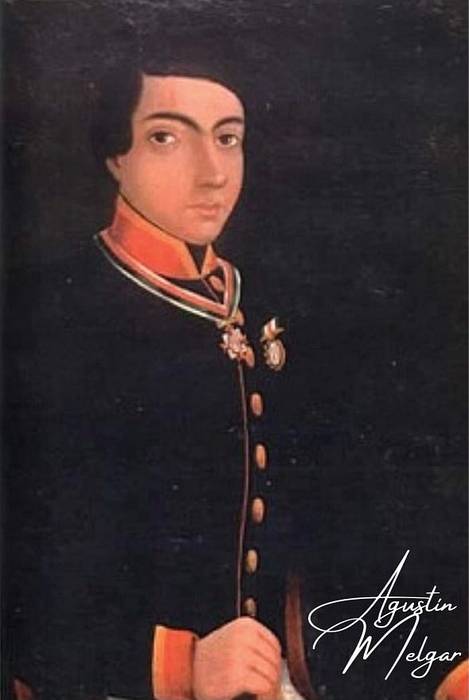
In 1846, the United States invaded Mexico after several years of tension caused by American expansionist claims. The advance of the invading troops was unstoppable and in September 1847, they were at the gates of the capital.
The US Army proceeded to storm Chapultepec Castle, one of the few remaining obstacles before entering Mexico City. Among the defenders were the cadets of the Military College, including Agustín Melgar. Like the rest of the Child Heroes, Melgar died trying to prevent the invaders from taking over the castle..
Article index
- 1 Early years
- 1.1 Military College
- 2 Battle of Chapultepec
- 2.1 Starting the assault
- 2.2 The Child Heroes
- 2.3 Death of Agustín Melgar
- 2.4 American testimony
- 2.5 Honors
- 3 References
Early years
Agustín María José Francisco de Jesús de los Ángeles Melgar Sevilla, full name of Agustín Melgar, came to the world on August 8, 1829 in the city of Chihuahua.
His military father died when Agustín was only two years old, which left his family in a delicate economic situation. A few years later, after the young man finished his first education, his mother also passed away..
When he was orphaned, Melgar moved to his sister Merced's house in Mexico City. There he spent the rest of his childhood.
Military school
Following in his father's footsteps, Agustín Melgar decided to join the army. His first step was to apply for admission to the Military College, on November 4, 1846. Along with his application, the young man presented his certificate of first letters, which showed that he could read and write, as well as a medical report that certified his good Health.
With these documents, plus the endorsement of his sister, Agustín Melgar entered the Military College as a cadet on November 7, 1846..
However, for unknown reasons, Melgar did not attend one of the mandatory reviews. By not presenting any kind of justification, on May 4 he was expelled from the academy.
There are no data on Melgar's activities during the months that he was expelled from the Military College. According to some sources, he went to the center every day begging to be readmitted, but this story is not confirmed.
On September 9, after the Battle of Churubusco and with the US Army at the gates of the capital, his request was accepted and Melgar was able to return to the College, although only as an attached cadet..

Battle of Chapultepec
The US invasion of Mexico had begun in May 1846. His troops advanced through Mexican territory without being able to be stopped by the Mexican army. By September 1847, they were in a position to take the capital of the country.
The only obstacle in his way was the Castle of Chapultepec, headquarters of the Military College. The building had been reinforced to try to resist the imminent attack.
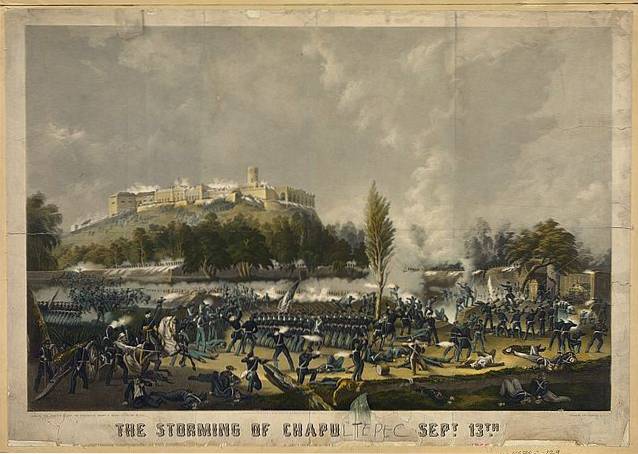
The attack began on September 12. Throughout that day, the castle was bombarded by the Americans. The bombardment lasted until 8 a.m. the following day, when the invading troops decided that it was time to take the fortress for good..
For their part, the defenders had a very limited number of troops. Nicolás Bravo, in command of the troops, had requested reinforcements, but only received one battalion. In addition, Antonio López de Santa Anna made the mistake of concentrating his forces in the eastern part of the hill, when the Americans tried to attack from the opposite side..
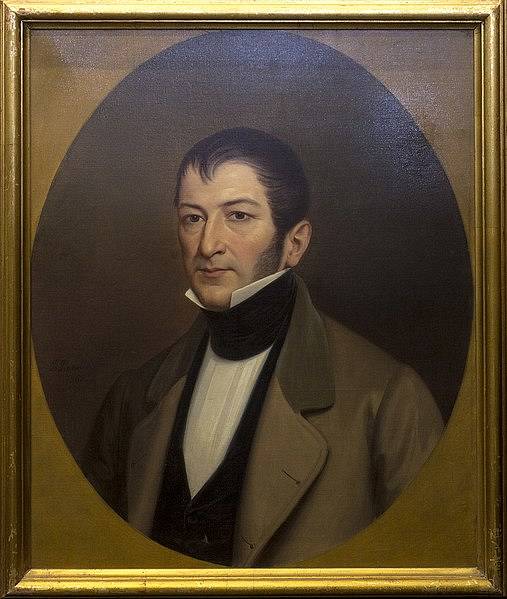
The San Blas Battalion, the only reinforcement received by Bravo, tried to stand up to the enemy troops, but without achieving its objective. The Americans then had a clear path to storm the castle.
Start of the assault
Inside the castle, the Mexicans only had 832 soldiers, between 60 and 80 cadets and four cannons. The cadets were between 12 and 18 years old and were assigned to defend the western area.
The final assault began on the 13th, from the south and west of the hill. The Americans, who had enormous arms and troops superiority, were met with fierce resistance that lasted for hours.
The Children Heroes
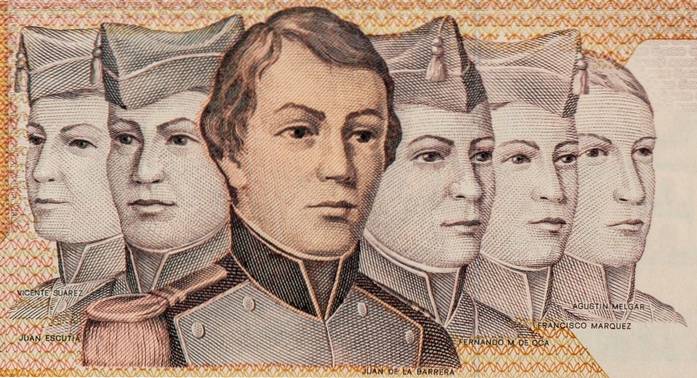
Although the story has undergone various modifications due to use as a heroic myth by various governments, there are some facts that seem to have been fully proven..
At first, Nicolás Bravo tried to save the young cadets and ordered them to leave the castle. Many of them obeyed the colonel, but 46 decided to stay in the fort to defend it.
American superiority, however, rendered all the defenders' attempts in vain, especially when some officers were taken prisoner..
Death of Agustín Melgar
Agustín Melgar's participation in the combat is one of the few that has been documented with documentation. According to sources, the young cadet showed great courage to defend the area that had been assigned to him, the central hall of the castle..
Although he managed to push back several enemies, Melgar was hit by several shots in different parts of the body. In addition, he was wounded in his right side with a bayonet..
According to the myth, when he was shot down, an American general, William Worth, approached his body and kissed his forehead in recognition of his courage..
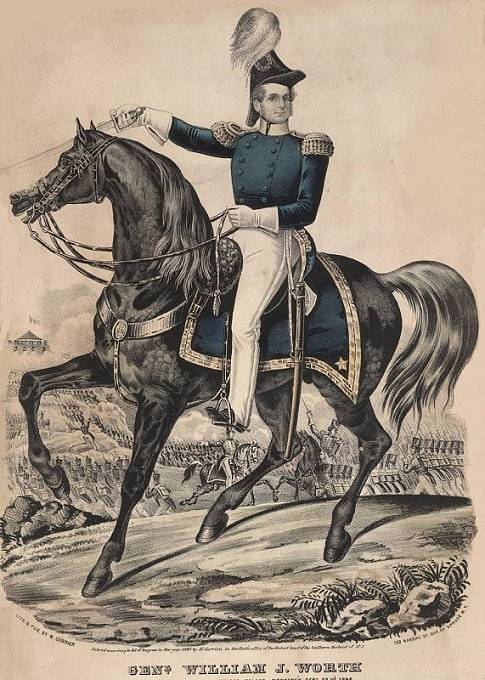
His death, caused by gunshot wounds, occurred in the early morning of September 14, at the age of 18.
American testimony
Melgar was the only one of the Niños Héroes whose name appeared in an American testimony, specifically in a letter written by Major Winslow Elliot..
This soldier related in the letter that the actions of the soldiers of his country were bloody, since they wanted to take revenge for the casualties suffered in a previous battle, that of Molino del Rey. Elliot left a detailed description of what happened once inside the castle:
“A veritable wave of blue-uniformed infantry and gray-clad light marksmen scaled the parapet, breaking into the castle. Remembering the barbaric carnage of the wounded on the 8th, the assailants took ruthless revenge in Chapultepec. From the highest rooftop, the last of the bizarre students, the heroic Agustín Melgar, still manipulated his rifle until the blue wave reached that high nest and enveloped him ".
Some historians believe that Elliot may have picked up Melgar to take him to the hospital. In this way, he was able to know the name of the young man who had so impressed him.
Honors
In 1924, Agustín Melgar was rehabilitated as an effective cadet, a consideration that he had lost after being expelled from the Military College. A review of his performance during the defense of the Castle was added to his file.
His mortal remains were transferred in 1952 to the monument that honors the Niños Héroes in Mexico City..
On the other hand, during the presidency of Benito Juárez, September 13 was declared a day of national mourning in memory of all the Niños Héroes.
References
- Center for the Study of History of Mexico. Agustín Melgar. Retrieved from wikimexico.com
- González, Daniela. Biography of Agustín Melgar. Obtained from mexicolindoyquerido.com.mx
- Krismar Education. Agustín Melgar. Obtained from krismar-educa.com.mx
- Military Wiki. Children heroes. Retrieved from military.wikia.org
- Encyclopedia of Latin American History and Culture. Children heroes. Retrieved from encyclopedia.com
- Bluhm, Raymond K. Battle of Chapultepec. Retrieved from britannica.com
- Tuck, Jim. Mexico's Niños Heroes (“heroic children”): reality or myth… Retrieved from mexconnect.com
- Minster, Christopher. The Battle of Chapultepec in the Mexican-American War. Retrieved from thoughtco.com



Yet No Comments